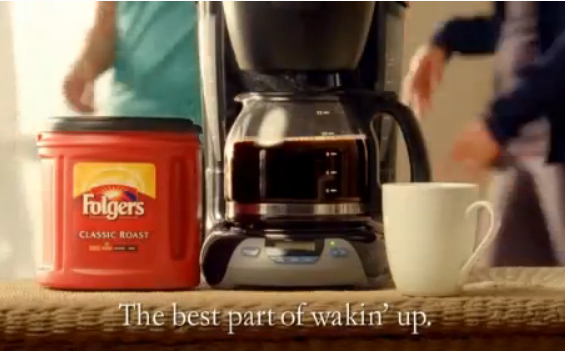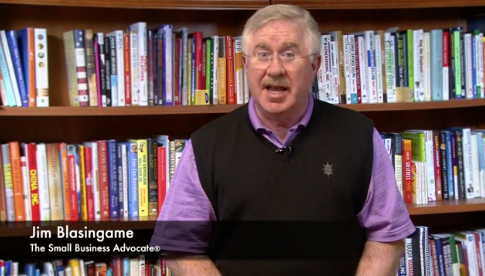Once upon a time, but not that long ago, a brand message could be successful even if it was close to a work of fiction.
Created by Madison Avenue wordsmiths, copy for an ad or brochure was crafted to manipulate and motivate using puffery, a legal term referring to acceptable marketing exaggeration. And most of the time it worked.
 In fact, generations of consumers allowed themselves to be manipulated by puffery that became part of the sound track of our lives. For examples:
In fact, generations of consumers allowed themselves to be manipulated by puffery that became part of the sound track of our lives. For examples:
“Plop, plop, fizz, fizz, oh, what a relief it is.”
“Put a tiger in your tank.”
“The best part of waking up is Folgers in your cup.”
Here’s a local example:
“Largest inventory in the tri-state area.”
In the past, I’ve revealed how the 10,000-year-old Age of the Seller paradigm has shifted in favor of the Age of the Customer. The differentiator is control of the information, and your customer now owns that advantage, including the truth about your products, services, and marketplace behavior. This control is derived in part from something called user generated content, or UGC.
UGC is word-of-mouth on digital steroids; the commercial equivalent of political fact-checking. Today a successful brand message will look less like Madison Avenue manipulation and more like the good, the bad, and the ugly of your business discussed by customers in online communities, like Facebook, Twitter, or YouTube. You’ll benefit from good UGC one day and try to recover from negative UGC the next.
Negative UGC produces what I call the “Nu-uh!” Effect. It’s what someone posts online when your brand message doesn’t meet their expectations. If you say you have the freshest salad bar in town and one person writes “Nu-uh!” on Facebook or Yelp, that’s your new brand message until you find a way to redeem yourself.
A “Nu-uh!” could refute your claim in any number of ways, from a well-written critique to “Dude! Seriously?!” Either way, if you’re getting responses like this to your brand messaging, anyone who gives you a “Nu-uh!” raspberry is, at that moment, the co-owner of your brand.
Since no business, product, service, or relationship is perfect, the over-arching goal of your brand strategy in the Age of the Customer is to have more positive UGC than negative and, if possible, leave no ”Nu-uh!” unresolved.
UGC represents the two-edged sword by which brands large and small will either flourish or die.
Disregard the power of UGC and the “Nu-uh!” effect at your own peril.








